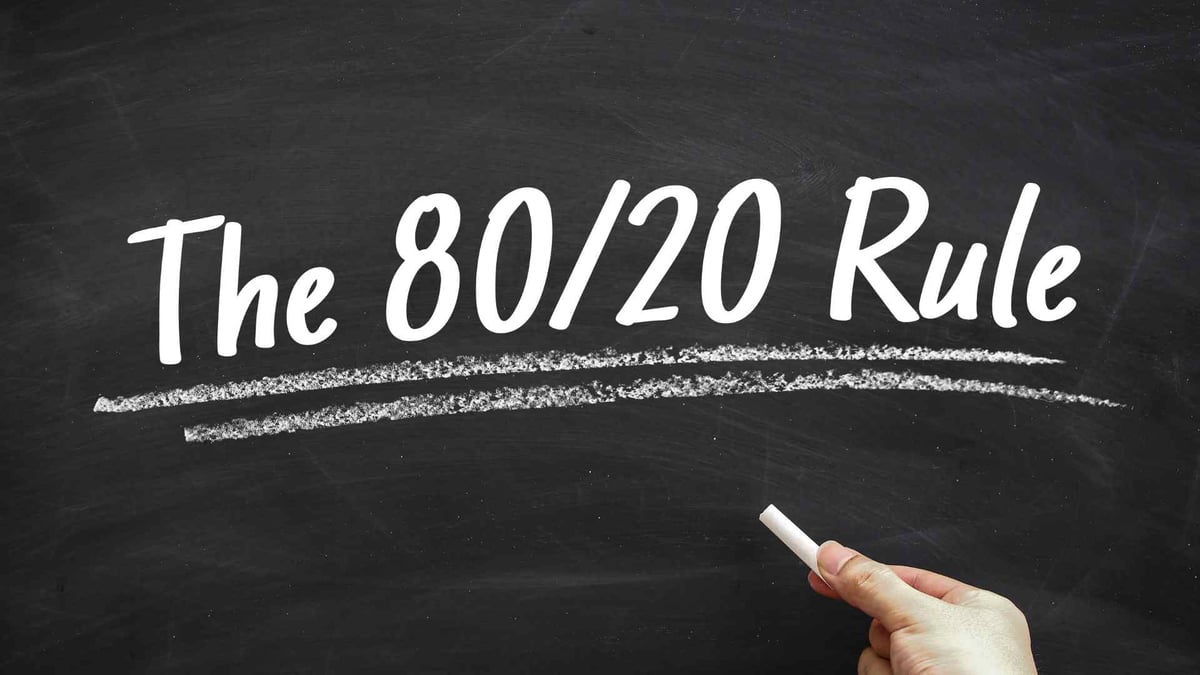This post was brought to you by Beatrix Lee of AfterShip. AfterShip is a shipment tracking solution, provides a unified platform to help users better track their shipments.Our mission is to make shipment tracking easy for online sellers and buyers. Reach them at support@aftership.com for any further questions, or sign up now for free!
We’ve all experienced days that just seemed too short for all the work that needed to be done. Those are the days we wonder how others have managed to fit everything into their working hours. Then there are days when we look back and notice we did a lot, but didn't accomplish much. Instead, we spent time on menial tasks that took up most of our day.
It's in anticipation of these days that we need to cut out interruptions and increase productivity.
Technology, when used well, can help us increase our output, automate tasks, optimize our processes, and become better at e-commerce. It also equips our competitors in the same way, which makes it even more important that we stay ahead of the game. We can do this with the 80/20 rule, otherwise known as the Pareto Principle.
80/20 Rule explained

There’s a debate between working hard and working smart, but who said doing one had to come at the price of the other? We’d all benefit from working smarter and producing greater results with less effort.
The 80/20 rule capitalizes on this. Vilfredo Pareto, an Italian economist, made an observation on the disproportionate distribution of things. He noticed a general distribution that seemed to occur repeatedly, applying itself to many situations; 80% of the result is caused by 20% of the total effort. This points to a common imbalance between input and output.
Before we look into integrating the rule, please understand that the 80/20 rule does not apply to everything. It is a rough guide of the typical distribution of things and therefore the actual percentage may vary (ie. 90/20).
Invest in what produces the greatest results
Imagine for a second that you are an online merchant selling yoga equipment, and would like to increase your revenue. Although you want to grow your overall collection, you find that most revenue comes from your yoga pants selection.
What do you do?
If you grow your overall collection, you spend time and money researching items that may turn into dead or slow-moving stock. Although it could accomplish a revenue increase, it'll take hard work and time.
If you prioritize your time and spend more time managing your yoga pants selection (the area with the most traction), you could see your revenues increase immediately with a product you're already familiar with.
You must start by examining your goal, then look at any imbalances in your business. If you want to earn more revenue, look at the 20% of stock that sells the best, focus on that, and eliminate the rest.
Once you’ve identified the main contributing factors to your success, invest more time in them. Maximize the behaviors that produce the greatest results.
Also, examine the less rewarding tasks that take up most of your time. Determine whether they are in fact necessary, cut out the ones that aren’t, and delegate the ones that may not require your specific attention.
Delegate

Delegation can be hard, especially for those with a superhero mentality. However, working smart means prioritizing and working hard on the things that create the most impact. Just because you are able and competent to handle all the aspects of your business, doesn't mean you should.





